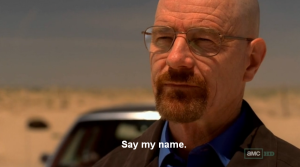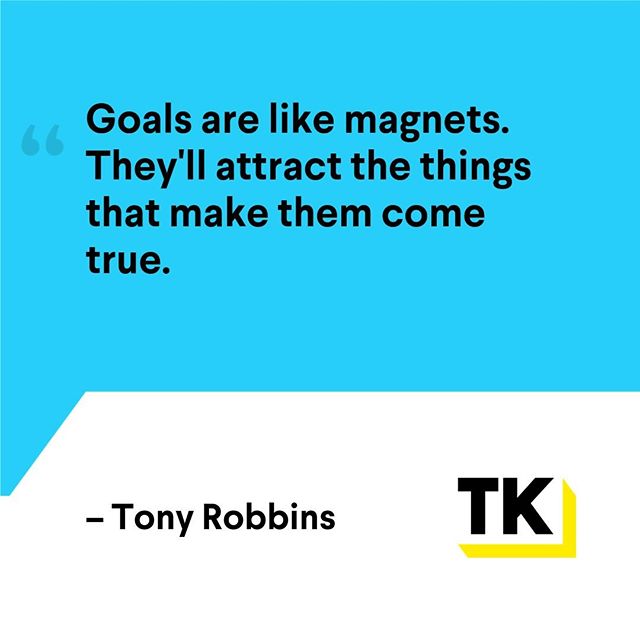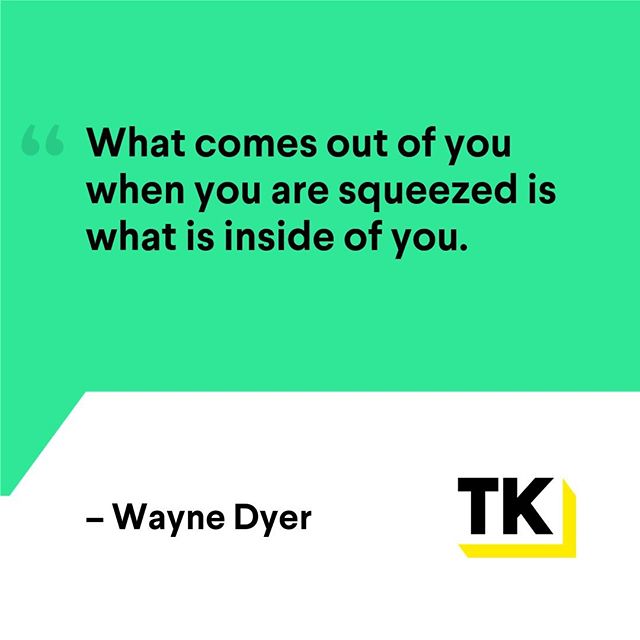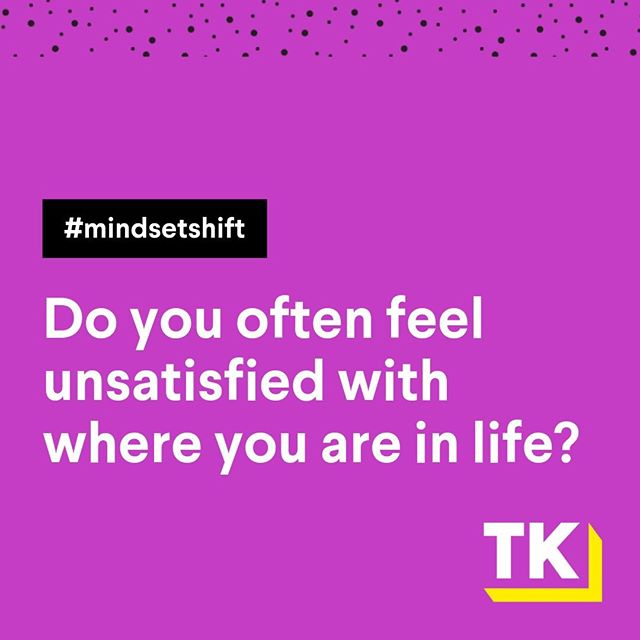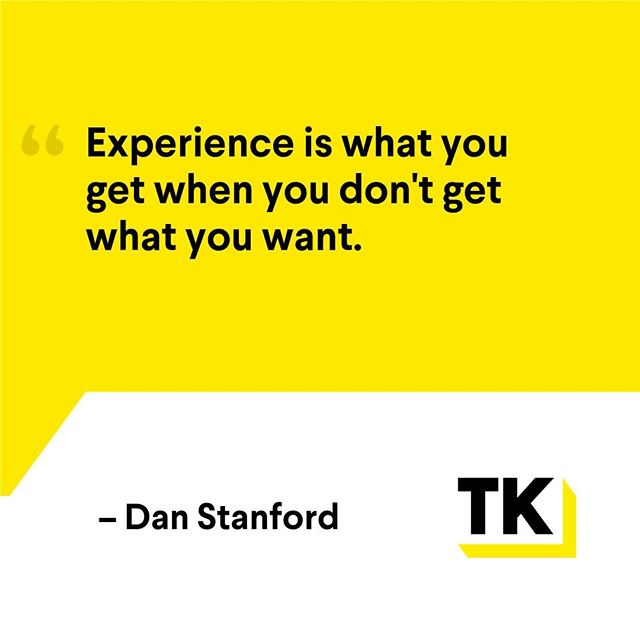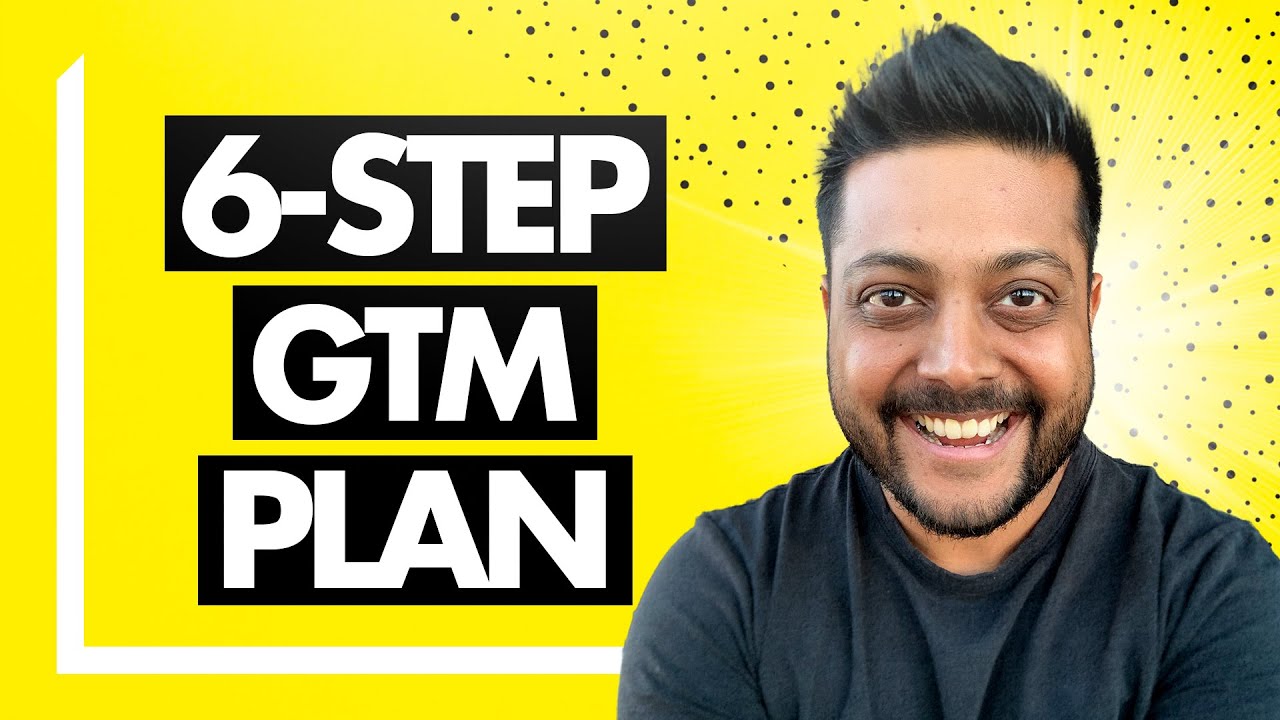The end of 2013 marks roughly the three-year mark for my company.
As I reflect on where we are today, from initial product, to an advisory round, to seed funding and then to raising our Series A in December 2013, one thing that I’ve always perceived from came true: it takes roughly three years for you to truly figure out if what you’re working on can be a business.
Once you hit that three-year mark, and you’ve figured out a way to stay alive, some magical things do happen.
Now, just to be clear, after the first three, it’ll take you two to seven more years after that to make it a wildly successful business; that is if you want to come along for the ride. But at least you feel just a tad bit like this guy.
In this blog post, I’ll share some reflections as I look back on 2013, my journey and the past three years.
First, here’s some context:
In case this is your first time, here’s some context:
- Back in 2010, I made the decision to quit my 6-figure hedge fund job and start looking into building my own startup again (the first startup I co-founded was sold to Plaxo as we graduated college). I ended the year with a few different products and a consulting business. Yay, I was self-employed.
- 2011 was one of the roughest years on my life as I moved from NY to California, started and incorporated the business, raised our advisory round, got featured on the likes of NY Times and went from a team of one (I’m a solo founder) to four and then back to one again. So, needless to say it took me until February until I actually got around to writing a reflecting on 2011 post.
- 2012 I built out the team in San Francisco, built out the product, validated the market and went from ToutApp an email plugin to ToutApp, The Complete Sales Communications Platform. The biggest thing we did in 2012 was build a fantastic product and hyper-focused on our conversion rates from a self-serve free customer to a self-serve paid customer. We spent about $0 on marketing. This was the year we also made the tough decision to focus whole-heartedly on salespeople instead of email users in general. The year was chock full of learnings, and I shared all of it here.
- 2013, we went into the year with a fantastic product, a market that was warming up. The problem was not every sales team knew about us. So, 2013 became the year we continued to grow our self-serve business (and our conversion rates), but put a bigger emphasis on being louder and starting our sales team. This became the year of sales, the year of one-year pre-paid deals, and the year of fundraising for our first institutional venture round, otherwise known as a Series A.
For the rest of this blog entry, as per my last few year-end entries, I’m going to focus on lessons learned and scars healed and earned.
It’s actually real hard.
I’ll be honest right over here. It all sounds really nice, neat and clean when laid out in a bulleted list like the one you see above.
Year 1: Build product, Year 2: Charge, Year 3: Sell; Raise Right?
The last three years have been quite possible the three hardest and most grueling years of my life.
And yet, there is some gene inside of me, some sort of programming in my head, or some sort of carrot (that I can’t identify quite yet) being dangled in front of me, that makes me keep going on.
Even when a company I hugely respect gave us a compelling offer to buy us in 2013.
I think we all know that it’s hard, and a certain percentage of us do it anyway, and go on to survive in varying extents.
There are also some in that budget that build businesses worth $1b to $3b in an 18-month period. I call this bucket of people “true believers.”
As I’ve come to meet more and more startup founders and CEOs, I’ve come to realize that no one in this group does it (and survives) because they do it for the money.
It’s only the ones that have some sort of higher purpose that drives them, a chip in the shoulder, or a deep passion for a specific thing, those are the ones that make it to a three-year point where you only come to realize, well — this may work, let’s double down more.
3 Years = This MAYÂ work
For any business that you start, I can say more confidently than ever before it is going to take you three years to figure out if this may work.
Meaning, for anything < three years, you will know nothing more than small wiggles of hope. In fact, for the first three years, you’re primarily going to be in heads down more.
Expect to get your first point of true validation and proof that this may work for real at the three-year mark when you’ve done enough things.
Once you’ve had enough persistence and focused enough to have real customers, real revenues, real investor validation, and real people as you look around the room of a committed team that will go to the ends of the Earth for the cause (real people who you didn’t know > one year ago).
Don’t get me wrong, at this three-year mark, things do start to come together beautifully.
You have a ton of conviction around the business, hiring becomes a bit easier because a number of proof points exist around the business, and while you have to approach the coming years with vigor, optimism and gumption, you also have to keep in the back of your mind and be hyper realistic — this may work, but there’s hard work ahead.
.1%
No, I’m not talking about the 1%. I’m talking the .1%.
I was in a room with 30 CEOs the other day as part of the SigmaWest CEO Summit. One of the sessions was an analysis piece on the investment trends around the VC industry.
I’ll probably never forget this presentation, or more specifically, the specific moment when a slide showed some math around the general success of a startup entrepreneur.
He said, “Can anyone guess what percentage of people attempting to raise money for a business end up raising?”
Answer: 0.5%Â (Half of a percent)
Then he said, “Ballpark… what % of startup founders that do raise end up with stock that ends up being worth something real?”
Answer: 20%Â (Ballpark)
Now, I’m no stats genius (feeling a little self-conscious now because I hope I did the math right here), but I went on to calculate the general ballpark probability of a startup founder raising money and then making money from the venture.
.005 x .2 = .001 = .1%
Needless to say, here I was, three years in on ToutApp, four years in on being self-employed and on the journey of being a startup founder, and for the first time, a banker was explaining to me the true math around starting a venture-backed business.
The crazy part? It wasn’t a moment of holy shit, stop this madness; the math is insane.
It was a moment of: OK… Hmm. Keep going.
Why we really do this and keep doing it: the people
In 2013, I figured out the real reasons the likes of Bill Gates, Mark Zuckerberg, Elon Musk, and of course Steve Jobs kept going to build corporate dynasties that went on to or will last 10+ years.
Having studied all of them, having watched all their interviews, their books/biographies and yes, having watched The Social Network (joking), we can all see that these guys were machines that were driven by something.
Not exactly sure what, but I think after three years of doing this and watching my team grow and my business grow, I actually finally figured out what that thing is that drives startup founders.
It’s the people.
Through 2013, I had the pleasure of growing the team, hiring amazing individuals, seeing existing team members hit their one-year marks and celebrate.
I even got to meet countless customers and Tout evangelists.
It’s a seriously amazing feeling when you meet someone you don’t know and they say “Hey! I use ToutApp! Love it. What do you do there?” … “I’m the founder. What do you love about it?!”
And as I reflect back on all of those moments, I can say that the single most important reason I do what I do and I fight the good fight is because of the people that we have who believe in what we are doing.
It’s funny that this is how it works.
At first  it’s just you, doing this one crazy thing. And then there’s one more, then two more, and then eventually there’s a group, then a clan, a village, and then you hope eventually there is a nation and a whole eco-system.
The true essence of entrepreneurship seems to be the act of starting something from nothing for one’s self and then setting out to find as many people as possible to join your cause so that you can make it not just a cause of yours but a cause for all.
In 2013, I truly saw Tout Nation come to life. And its the single thing that kept me going, even on the hard days. If you want to see a visual depiction of what it feels like to be an entrepreneur, check out my blog entry on it here.
And… at one interesting moment, without even realizing, it switches from being about yourself to being about them.
And you stop working hard for yourself and you start working hard because you want to protect your people, you want to grow the beliefs that you all uphold, and you want everyone that is part of your nation to thrive.
On Success, 300% Revenue Growth
Through 2013, a huge number of things came together beautifully around the business.
The sales team started to hum, we started closing $40,000 one-year deals, and our inbound lead volumes went up to a point where we had to dedicate time just for lead qualification and nurturing!
Not only did our overall revenues grow by 300% in 2013, our self-serve part of the business, something we didn’t put as much focus on in 2013, grew beautifully as well. It was magic.
The customers were great, the product was starting to mature, we saw a strong following around our brand. It was official, we had become a tribe.
How do we go from a tribe to a nation?
In 2013, it started to become evident that we had a tribe, a following, a core group that believed and pretty soon we’d have to strive to become a nation and then a real eco-system to take the business to the next level.
I’m all about running a lean business, and I’ll be honest, I’ve scoffed many times at startups that raised outrageous rounds with seemingly small ideas or businesses.
But as I sat there with a spreadsheet and crunched the numbers on what it’d truly take to grow the business faster, to win in the market, and to continue to innovate on the product, I slowly came to the understanding that we needed more money to grow.
In an interesting way, while going through that exercise, I finally figured out through my own model how a cash-infusion into the business can accelerate the bottom line growth.
For once, I was thinking about raising a Series A NOT because it was “just the thing to do” but instead, it was “the logical next step.”
And so as our sales process started to mature, as our marketing become a repeatable system, and our product stabilized, I shifted my focus to thinking about further capitalizing the business and figuring out what to do next.
Fortunately for us, through one of our largest enterprise customers, we got connected to Greg from SigmaWest, and by the end of the year, we went on to raise our $3.35m Series A.
On VCs, the ones that leave you in the conference room at the end of the meeting.
Through our fundraising process, I got the pleasure (and displeasure) of meeting about 20 VCs in total.
While there are a ton of tools, websites, and relationship networks out there that helped me find out who would be the right person and firm to partner with, I did keep meticulous notes on my interactions with each of them.
Fundraising is inherently a sales process, and so I actually kept track of it all through a SpreadsheetCRM sheet.
As I went through the process, I rated each of the partners I met with on different factors, just for my own notes.
And so, after our round closed, as I looked through my notes and reflected on my interactions, there was ONE common theme I found in my barrage of notes and ratings.
The VCs that walked me out to the lobby or the door at the end of our pitch meetings turned out to co-relate with the best rated and successful VCs in the Valley.
The ones that left me to my own devices at the end of our meetings and just went back to his office, turned out to be the less successful ones.
(In case you were wondering, Greg walked me out to the street and had an additional conversation after our meeting, so he got extra points in my book).
People = Everything
At the end of the day, the real business we’re in is the people we choose to enter into our lives and spend time with. Period.
Whether it is hiring employees, partnering with a VC firm, selling to a particular demographic of customers, or building an eco-system, we are all in the people business.
Through firings, hirings, good experiences and bad, the one thing that I’ve come out with in 2013 is that the people make the biggest difference in all aspects of your life.
Sure, someone might short  change you, or screw you over, or may fund your competitor after pretending to want to invest in you, without even a heads-up phone call, that’s all fine.
Because what I’ve learned is… as long as you maintain your integrity, pick the right people, and deliver unparalleled value: the rest takes care of itself, the right people flock to you and you grow. Karma.
So while my metric for gauging VCs may come off as silly, think about it hard and make sure you have metrics in place to gauge the people you’re choosing to spend your life (both professionally and socially) with.
If you’re thinking of starting…
As I close out my thoughts, I did want to reiterate one thing.
Although the last three years have been hard and grueling, although I’ve had sleepless nights, tough conversations, and challenges, and even with the 0.01% likelihood, and even with the possibilities of failure, I still highly recommend starting a startup or better yet, joining a startup.
For as low as the lows have been, the highs of closing an Enterprise deal, of walking into an office where EVERY person including the engineer is on the phone with a customer, to meet with smart people who validate your business and understand your vision, and even to meet with personal heroes because they want to spend an hour hearing about the business you’ve built — all of those highs, have been the highest of highs of my life — and I wouldn’t exchange it for anything else. Nothing.
So if you’re thinking of doing that startup, or joining that risky early stage company that has a small room in a co-working space, DO IT.
At the very worst case scenario, you’ll come out of it with real lessons learned and some friendships that you’ll hold dearly for the rest of your life.
2014
As I look forward to 2014, and as I plan out my business, the biggest hope that I have is that we continue to be surrounded with fantastic, smart, and passionate people who join our team, become our customers, and partner with us.
In 2014, it is my hope that we grow from a tribe to a nation and that we flourish and that we crush those that try to get in our way.
We’re all seriously excited about making sure every Sales Team uses ToutApp.



